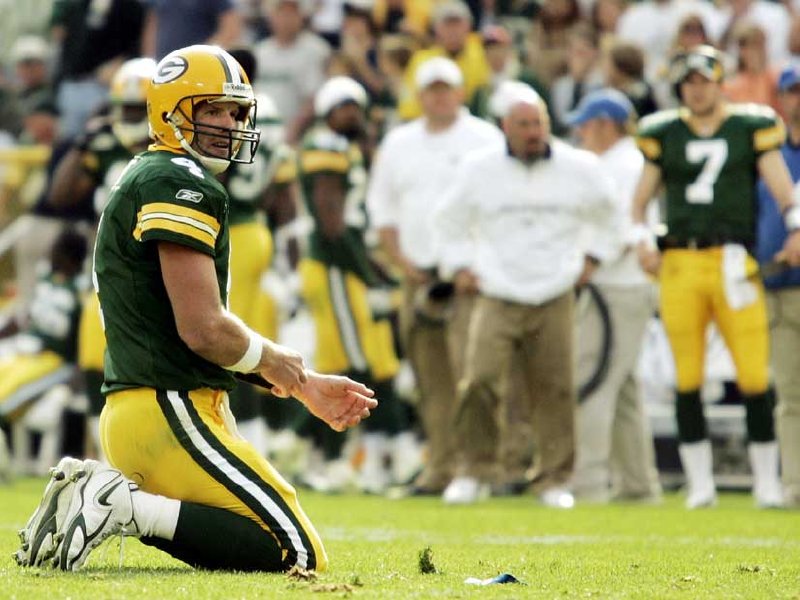{image1} They say that if you live long enough, you'll see just about everything.
Like Jerry Pate laying up.
For those golf geeks like myself that know about the legend of Pate, excuse me while I catch everyone else up to speed. You see, Pate won the U.S. Open in 1976 at the age of 22. He was the youngest winner of the Open since Walter Hagen, Jack Nicklaus and Bobby Jones.
You think Tiger's cocky? Please. Pate made him look like John Stockton by comparison.
Other players hung nicknames on him like "Mouth of the South." Or, simply "The Lip." That's what Nicklaus contributed to the legend. And the nickname was as stone dead accurate as a stone dead one-footer following a typical Pate laser beam approach shot.
But Pate's career took a nosedive shortly after 1982 when he tore up his shoulder pounding 1-irons at the range. And he admitted to Golf Digest's Tim Moriarty in a 2001 retrospective that he learned a lot of humility in the ensuing 25 years away from tournament golf, when he "hit his chin on every rung of the ladder" on the way down.
Pate told Golf Digest that back then, "if a meteor fell out of space and hit my opponent on the head, I would go ahead and putt out and go to the next hole."
Guess what. The meteor finally fell back on Pate Sunday at the Senior PGA Championship. Ouch.
Sweet karmic revenge for an unrepentant jerk? Not in my book. Pate has always been a sympathetic golf legend for me, since his prime began when I was a wide eyed 10-year-old boy who had just been given his first set of clubs by his dad.
Pate was cool for a 12-year-old golf nerd. He threw Pete Dye and Deane Beman into the alligator infested lake on national television at the TPC of Sawgrass. He played the orange Wilson golf ball that is now remembered as the sport's version of "New Coke."
And he played fearlessly.
That was then, this is now. Standing on the 18th hole Sunday - with a cotton-candy easy 185-yard downhill approach to wide par-5 green where even a three putt meant victory - Pate laid up. Disaster soon followed.
I can't believe it.
Consider the eerie congruence of how Pate won the '76 Open. 18th hole, downhill shot, 5-iron, over water. The 22-year-old Pate describes it to Golf Digest as follows: "I had a perfect lie, a little bit of a dandelion kind of behind my ball and to the side. I had 190 yards, and I thought it was a 4-iron. John (my caddy) said, 'No, it's a 5-iron. You're pumped up.' First of all, 22 years old with a 5-iron, I don't care where the pin is, you're going to hit the ball at it. In my mind, in my ego, I thought I should hole every shot. That's how confident I was in my golf game. So, I took a 5-iron and just hit it. I can remember the ball like it was yesterday. It was so high. It was getting dark. It was the highest, softest flyer you've ever seen. The crowd, you could hear the roar, so I knew it had to be close."
It was. Two feet. Open, over. There's a plaque now embedded from the very spot where he authored such brilliance. Next time you get invited to AAC, make sure to pay a visit.
There will be no plaques for what Pate did on Sunday. Even had he made par to win from his 9-iron layup, they don't usually put plaques in the ground that read: "Here's where Jerry Pate made the smartest play ever, given the circumstances ..."
No, plaques are for heroics. And the evil gremlins of golfing fear and doubt managed to kill Pate The Hero on Sunday. The exchange between Pate and his caddy Chris Frame that was caught on television was almost surreal, and ultimately sad. Pate had to be talked into the layup by Frame, and he chose not to use the always available "player veto."
Watching Pate's 4-footer to win - after he wedged it on, and lagged it up - was sickening. Especially to anyone who has stood over one themselves for as little as $2, much less a Major. He jerked it back, shoved it through, and then hooded the toe closed well after it was too late to make a difference.
I know this. I replayed it on TiVo like 12 times. And the 8-footer to tie in sudden death was even worse.
How can this happen to a guy who was once so cocky? How can the mind render the body a quivering pile of jangled nerve endings like that? Welcome to golf. The eventual winner Mike Reid had waited over 16 years for his redemption. Reid threw away the 1989 PGA after going three-over on his last three holes at Kemper Lakes to lose to Payne Stewart. Reid cried like a baby on television, as the circle finally closed on an age old hurt.
Dana Quigley was also in the three-man playoff before drowning his hopes with a thinned 3-iron into the water. Quigley's PGA Tour career backstory is short and sad. He basically drank himself off the tour in shame 20 years ago, because he never thought he belonged with guys like Nicklaus, Trevino and Watson - not even feeling worthy of warming up on the range next to them.
Somewhere along the way, just before Quigley turned 50, noted sports psychologist Bob Rotella got a hold of him, and locked away most of his worst mental demons. Nine Champions Tour victories later, Quigley has his career back.
Pate has his career back, too, but the old swagger will apparently take more work. "In my 30 years of golf, I don't think that way," he said referring to the layup. "Not making par with a wedge? I mean, come on," he said. "I can't remember when that's happened. But it happened today."
Yep. It's golf. Stuff happens. And it all starts in your head.
Steve is a native Washingtonian and has worked in sports talk radio for the last 11 years. He worked at WTEM in 1993 anchoring Team Tickers before he took a full time job with national radio network One-on-One Sports.
A graduate of UC Santa Barbara, Steve has worked for WFNZ in Charlotte where his afternoon show was named "Best Radio Show." Steve continues to serve as a sports personality for WLZR in Milwaukee and does fill-in hosting for Fox Sports Radio.







